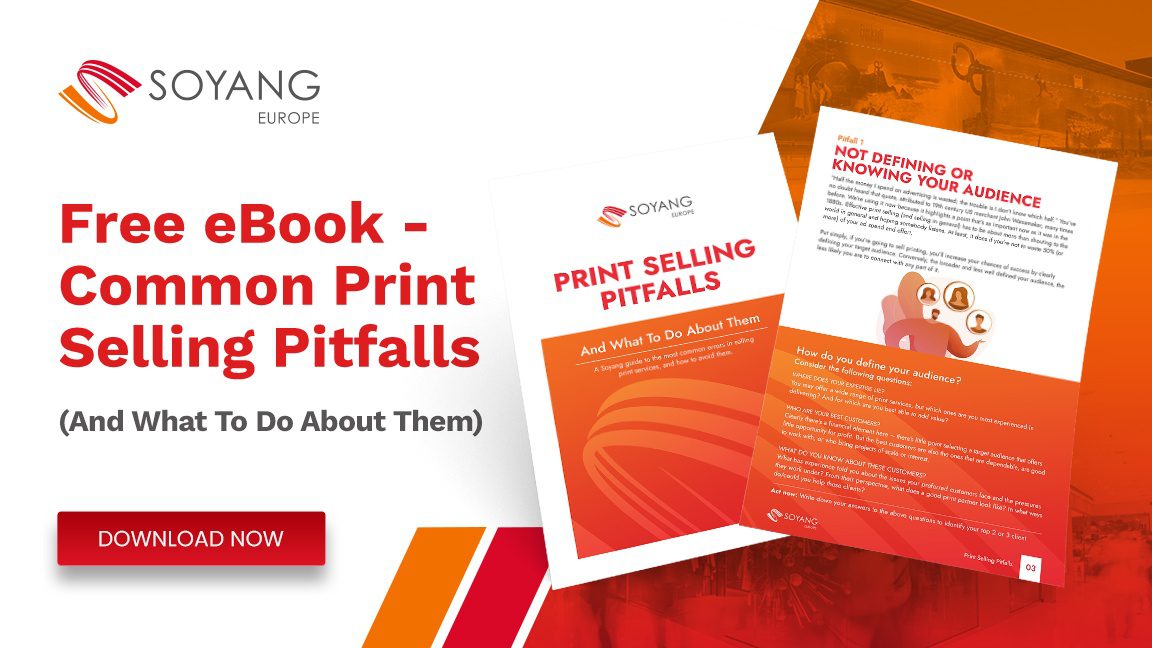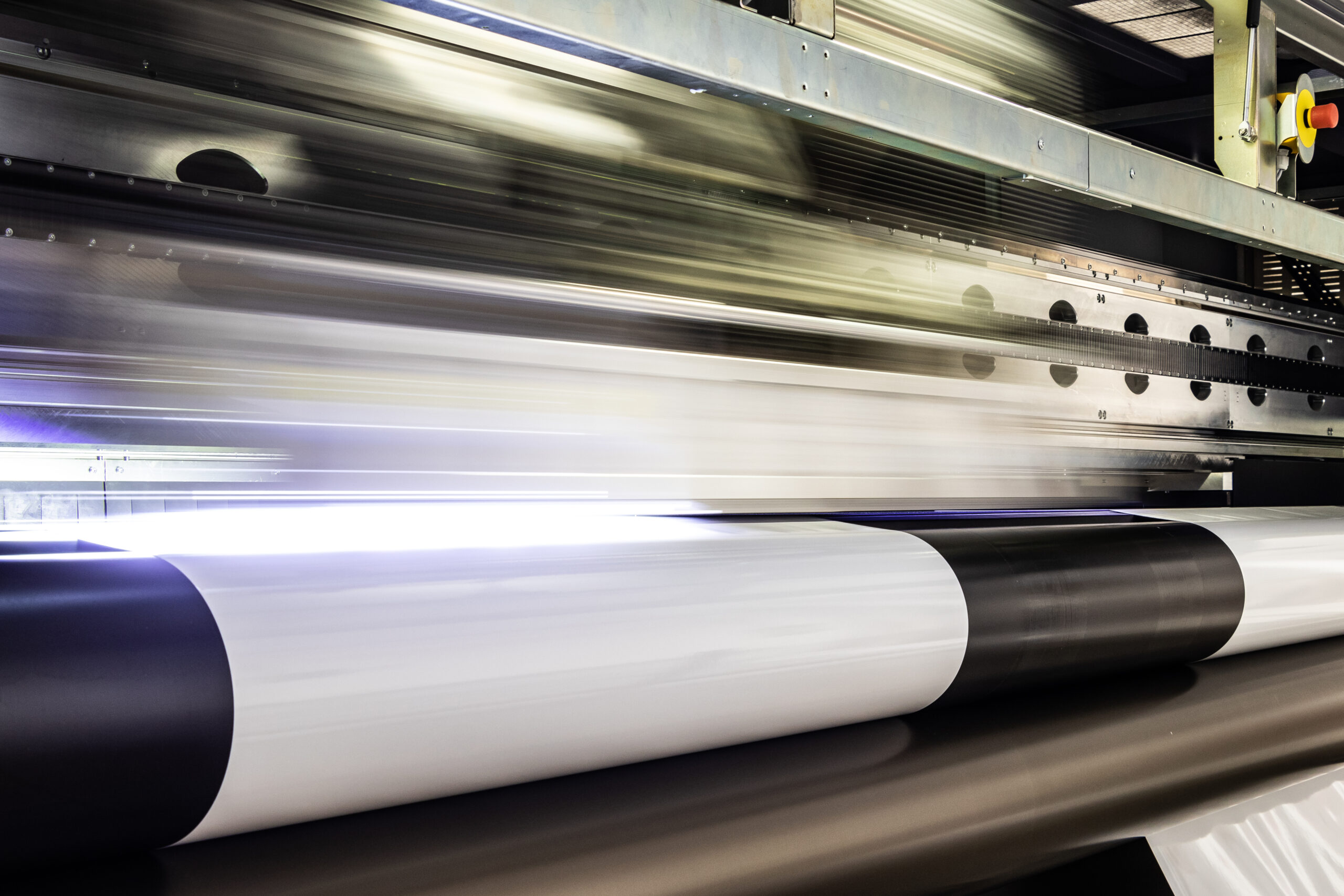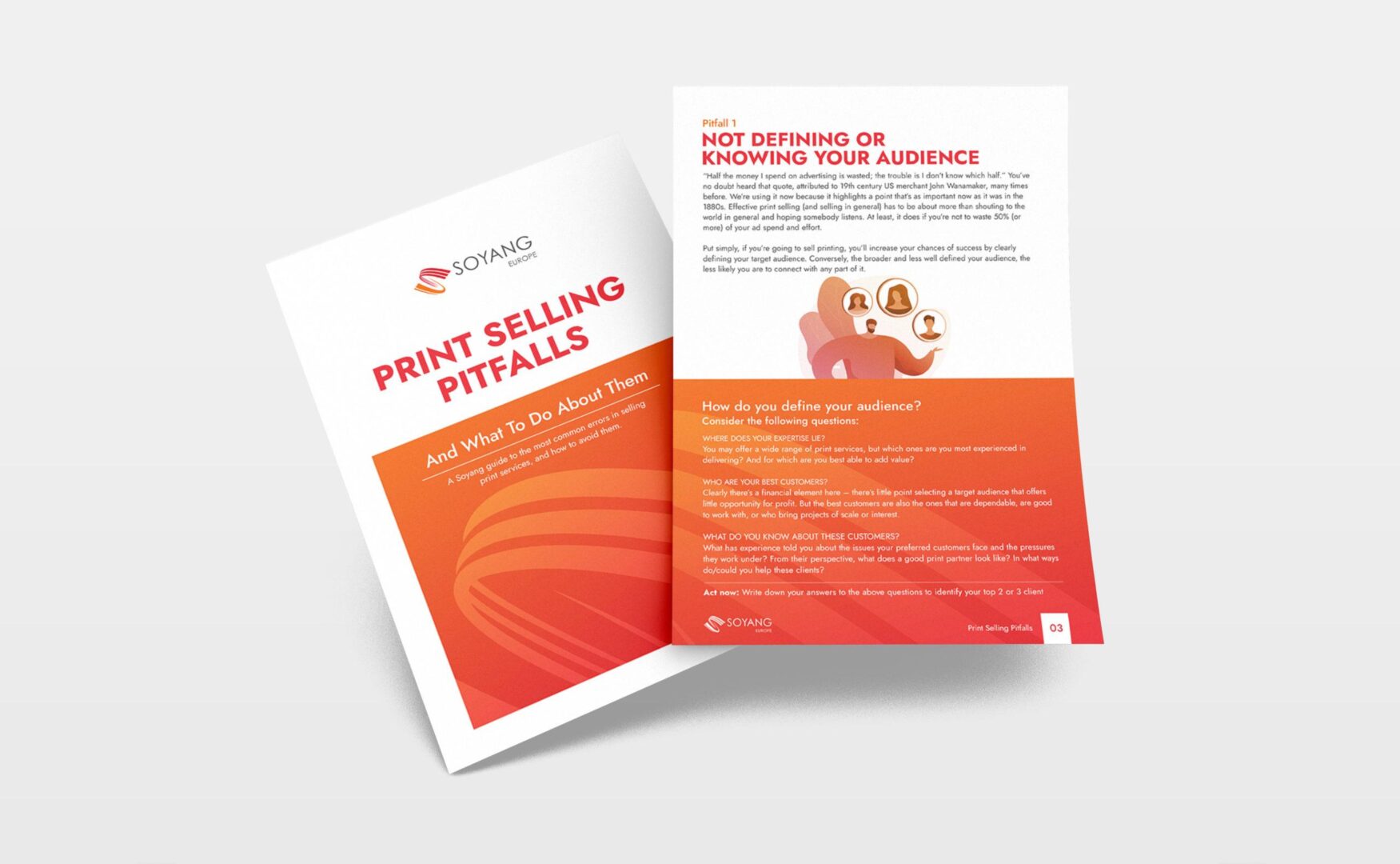Reduce, reuse, recycle: it’s the standard mantra for anyone dealing with waste management in the printing industry. But while all the above are perfectly reasonable approaches to printing waste management, we’d suggest there’s one more: avoid.
Why avoid? Because the material you never use in the first place is the one that saves you most, not just in terms of waste but also cost. It’s something every print company can look at.
In this post, we explore simple strategies to help you reduce and avoid waste. But first, let’s consider the benefits of doing so.
Benefits of reducing print waste
It won’t come as news to learn that the print industry is a resource-heavy sector. Lots of raw and often virgin materials. Lots of plastics. Lots of inks, many of which will typically qualify as ‘hazardous’ in terms of print waste management practices and require special disposal arrangements.
Reducing the volume of print waste can benefit your business in a variety of ways:
- It can cut the cost of the materials you buy (because you either buy less or buy more economically)
- It can reduce storage space requirements and the costs associated with increasing and managing storage space
- It can reduce disposal costs because you send less material (especially less hazardous material) to waste
- It can boost the reputation of the business
- It can increase trade with customers looking to do business with print companies that take a lead in printing waste management
Those are the business benefits. There is, of course, another crucial beneficiary of effective waste management in the printing industry: the environment. The better we can avoid, reduce, reuse and recycle, the lower the impact on the environment and the better we’ll all be.
Print waste management approaches: avoid & reduce
The print waste category with the potential to deliver greatest impact, avoidance and reduction strategies enable you to do more with less. For example…
Have a rigorous sign-off process
There’s the sort of nod-though sign-off that ensures a project is technically ready for print. Then there’s the rigorous sign-off that ensures by the time it’s ready for press every element of the copy and artwork has been scrutinised and approved.
It may take more time initially to ensure that, for example, the image is of the right resolution, that bleed areas are correct or that someone has done a spellcheck, but failing to implement a proper sign-off procedure is a sure-fire way to risk finding all your large format print work needs junking and restarting.
Minimise ink waste
Long ink delivery lines can carry a lot of ink. Reduce the length of the line and you reduce the volume of ink needed to fill them, which reduces unnecessary ink loss and makes draining lines easier.
Minimise trim
Every edge that needs removing is paper or vinyl that didn’t need printing, ink that didn’t need using and energy that didn’t need wasting.
In part, this may simply be about being more ruthless in your choice of substrate size. But it’s also about designing large format print projects to meet a standard print size and ensuring your people are trained to apply more efficient cutting techniques.
Minimise stock wastage
On the shelves of virtually every large format print shop are specialist inks that never got used and certain vinyls and papers that have sat on the racks for so long that they’ve become cracked, faded or yellowed with age.
Avoiding such issues isn’t difficult:
- Buy stock for the work you have. Avoid stocking for the ‘just in case’ project that almost never arrives
- Rotate perishable stock to avoid missing expiry dates
- Store carefully and (ideally) in environmentally controlled conditions to eliminate substrate waste
Reduce energy wastage
Let’s assume you don’t have the budget to buy in a new generation of energy efficient printers. There’s still plenty you can do to minimise the energy you use, including:
- Take advantage of your printers’ standby settings
- Use your print management software’s capabilities to reduce waste (find out more about choosing the right large format printing software)
- Switch off what you can switch off – the printers may need to stay on but what can be turned off when you head home for the evening?
- Keep your printers well serviced and maintained to ensure they operate at their most efficient
Print waste management approaches: reuse & recycle
Collect and reuse solvent
Keep the solvent you use to clean individual colour printing units separately. Reuse it for the same colour and you should be able to significantly cut your use of fresh solvent.
Reuse the print waste you produce
Waste management in printing industry circles doesn’t have to be all about the big and bold initiatives. It could be something really simple, like using the scrap paper you generate to produce notepads for use either within the business (saving further money on the stationery bill) or to donate.
Printing waste management – we can help
Want to change the way you buy your print materials to ensure you waste less? Talk to us now about ways we can support you.









